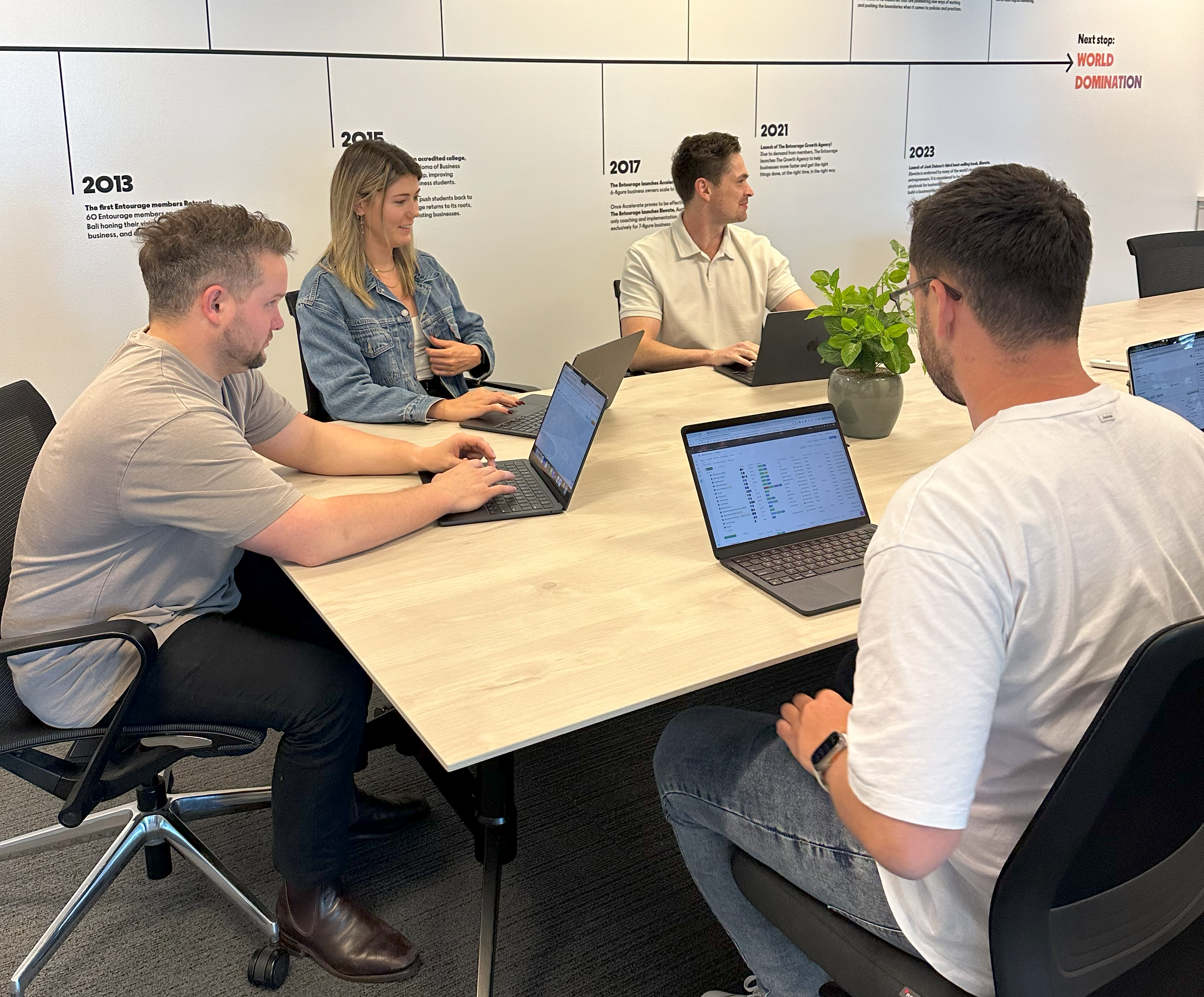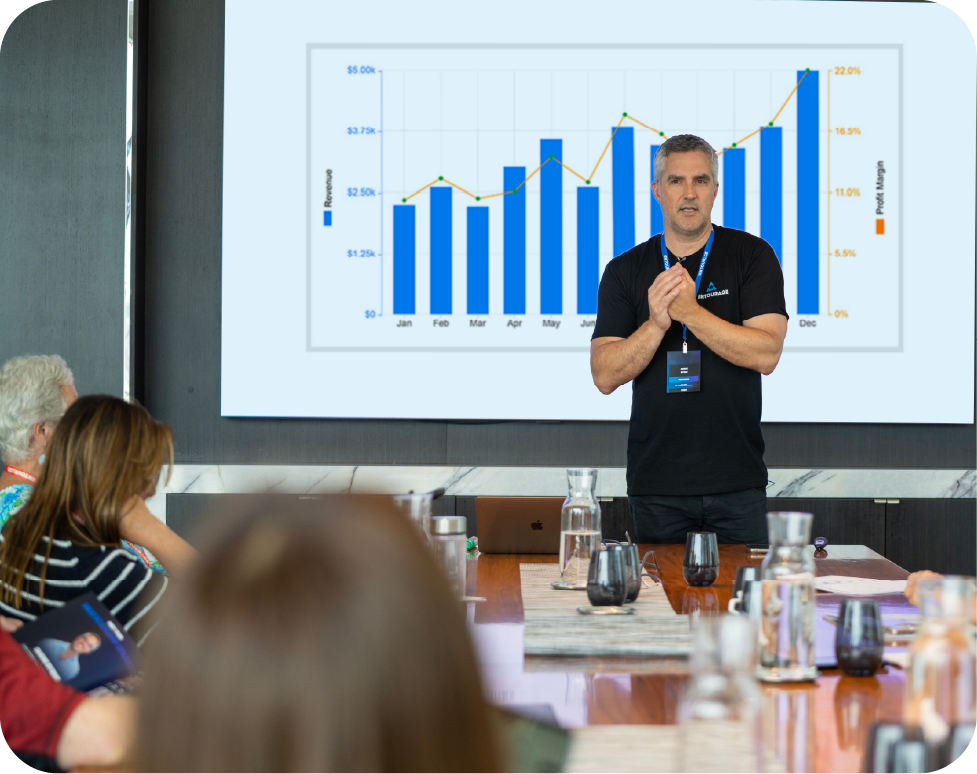Any growing business needs a well-designed website to be successful. When potential customers land on a poorly designed site, it may create immediate frustration and turn them away.
Many businesses are now investing in scaling and optimizing their operations, and neglecting web design can negatively impact profitability. A better knowledge of the costs associated with subpar web design helps businesses prioritize their online presence and make informed decisions moving forward.
The Immediate Impact on User Experience
User experience (UX) is what determines how visitors interact with a website. Poor web design results in slow loading times, confusing navigation, and unappealing aesthetics. Each of these factors can result in higher bounce rates, meaning potential customers leave the site without taking any action.
Businesses may lose potential sales on their current website and in the future due to negative first impressions. Creative design agencies like Red Kite Design understand the importance of a well-thought-out UX in a way that every element improves user engagement. By investing in quality design, businesses can secure customer loyalty and build a positive brand image, driving repeat visits and sales.
SEO Challenges Related to Poor Design
The implementation of Search engine optimization (SEO) will help a website appear in relevant search results. A website that shows slow loading times, an unresponsive design, and an improper use of tags can severely hinder a site's SEO performance and affect rankings negatively.
Search engines prioritize sites that provide a seamless experience and relevant, engaging content. Those companies that fail to maintain effective SEO may find it difficult to reach their target audience. Increased reliance on paid advertising is an unintended consequence of neglecting SEO as businesses strive to gain visibility amidst the noise. Businesses need to recognize that investing in their SEO strategies can generate significant returns in organic traffic and visibility.
Loss of Credibility and Trust
Most customers see a poorly designed website as a signal of a lack of professionalism. Visitors may question the legitimacy of a company that presents itself poorly on the web. Trust may come in the form of customer testimonials, industry certifications, and visual appeal, critical components that assure potential clients of a business's credibility.
When a site lacks a cohesive design and navigational structure, it becomes challenging to convey these trust signals effectively. The vast majority of users judge a company's credibility based on its website's design alone. Businesses must invest in professional web design as a tactic to establish a trustworthy online presence.
High Maintenance and Operational Costs
Neglecting proper web design leads to higher long-term maintenance costs. A website that seems inexpensive to create can incur extensive expenses if it is prone to technical issues. These might include increased downtime, frequent updates, and the need for additional resources to troubleshoot problems.
Investing in a website that is well-designed from the start can minimize these hidden costs. Businesses remain more operationally efficient and can allocate funds towards growth initiatives instead of addressing constant design flaws. Choosing to engage with knowledgeable teams or agencies is a proactive step toward reducing future expenses. A well-maintained website translates to better performance and a more successful business in the long run.
Impact on Conversion Rates
Conversion rates determine how effectively a website turns visitors into customers. There is a direct correlation between efficient web design and improved conversion rates. Cluttered layouts, poor readability, and ineffective calls-to-action can all impair a user's willingness to engage.
A seamless design encourages users to navigate effortlessly, increasing the likelihood of completing their intended actions, whether that means making a purchase or signing up for a newsletter. Optimizing landing pages and other conversion points involves analytical testing to identify design elements that attract visitors. Companies that underestimate the impact of engaging design may miss out on substantial revenue opportunities.
The Role of Mobile Responsiveness
With mobile device usage rapidly increasing, having a responsive design is now a necessity. A website that doesn’t adapt adequately to various screen sizes alienates a significant portion of potential customers. Users accessing sites on mobile devices are in search of quick information or shopping.
Search engines like Google prioritize mobile-friendly websites in their algorithms, impacting visibility. Mobile-friendly sites see a much higher traffic rate than those that are not optimized. Most businesses face the risk of losing a considerable market share if they neglect mobile design considerations.
Growing businesses must recognize the costs associated with poor web design. A website that is unattractive, hard to navigate, or non-responsive can all result in significant financial implications. From damaging user experiences to impacting SEO and conversions, a strong web presence is integral to success. Quality design and effective strategies will guarantee that businesses promote their growth and make a favorable impression.
Related Categories
Ryan Terrey
As Director of Marketing at The Entourage, Ryan Terrey is primarily focused on driving growth for companies through lead generation strategies. With a strong background in SEO/SEM, PPC and CRO from working in Sympli and InfoTrack, Ryan not only helps The Entourage brand grow and reach our target audience through campaigns that are creative, insightful and analytically driven, but also that of our 6, 7 and 8 figure members' audiences too.





